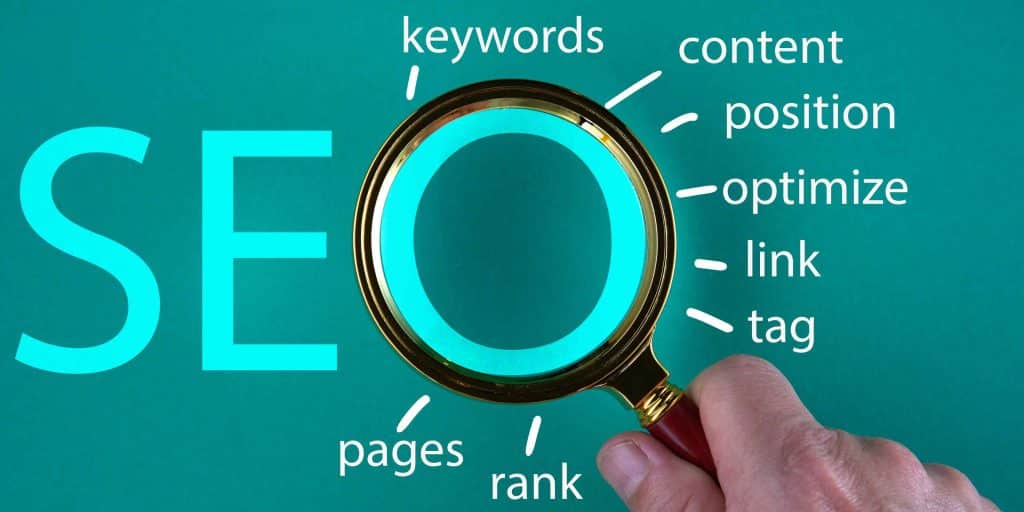Search engine optimization, or SEO, is one of the most critical aspects of digital marketing, because it attracts more internet traffic organically. Unfortunately, search engine algorithms are vast; one needs to have the necessary tools and techniques for optimization. One of those powerful tools is Python, one of the universal programming languages that can be useful for an SEO specialist to analyze, manipulate, and optimize data to rank higher in SERPs. This article will look at various aspects of employing Python in SEO.
The Fundamentals of SEO With Python
Any discussion of professional SEO services must begin with understanding what SEO entails and how it functions. SEO can be defined as enhancing the number and quality of visitors to a particular site or web page to benefit from the alteration in visibility or ranking of users of a web search engine. SEO techniques are divided into two main categories: on-page SEO and off-page SEO.
On-page SEO includes all the factors within the context of your website that can be tailored; these include text content, titles, meta descriptions, headers, and internal links, among others. On the other hand, off-page concerns external factors such as backlinks, social signals, and domain authority.
Python is helpful for many SEO-related processes, including data mining, analysis of results, and even report generation. Some standard Python packages people use in SEO are BeautifulSoup for scraping web content, Scrapy for creating large-scale spiders, and Pandas for working with data.
Keyword Research Using Python
Since keyword research provides information on terms customers are typing in, it is an essential step in search engine optimization. Positioning the right keywords on your website can help you obtain a better position on the search engine results pages.
When it comes to defining keywords, there are several tools and libraries in Python that can be utilized for such purposes; these are Google Trends API, Google Keyword Planner API, and SEMrush API. The data obtained from these APIs can be easily analyzed by converting them into Python libraries. For example, the Google Trends API offers information on how often people look for specific terms per month.
Another helpful Python library for keyword research is Whoosh, which is an open-source search library designed for indexing and searching textual content. With the help of Whoosh and Python scripts, you will be able to analyze the content of your website for specific keywords.
On-Page SEO Analysis and Its Types Using Python

Python can also be used in on-page SEO audits, where one evaluates the relevance and quality of the content of their website, title tags, meta descriptions and header tags, internal linking, etc.
When analyzing the content of a website, it is possible to use the NLTK (Natural Language Toolkit) library, which has tools for identifying natural human language. With NLTK, you can tokenize, stem, or remove stop words from the text to assess the possible relevance and quality of the website’s material.
Python is used to analyze the visibility of tag titles and meta descriptions to check if the target keyword is inculcated and if the recommended character size is in compliance. The library can be used to parse HTML documents and extract these elements for analysis and modification.
Off-Page SEO Using Python
The assessment of the off-page SEO comprises such values as backlinks, social signals, and domain. You can use Python to extract data from various sources and use web scraping and API integration to analyze the data they provide.
For backlink analysis, it is possible to make use of such tools as the requests and BeautifulSoup libraries to extract data from sites, including Majestic, Ahrefs, Moz, etc. At the same time, system integration of scripts in Python with APIs, along with Majestic and Ahrefs, makes it possible to obtain more profound data on backlinks.
Furthermore, signals on social media can also be processed with the aid of Python. From the APIs issued by the various social media platforms, including Twitter and Facebook, you can access information on social shares, social mentions, and likes for your website or specific keywords. The two packages that enable interaction with Twitter and Facebook are reported, namely Tweepy and the Facebook SDK.
Styling Tools for Reporting and Visualization With Python
Whenever you collect SEO data employing Python and process its results, you have to create reports for the other stakeholders who will utilize the outcomes in their decision-making process. Data visualization in Python can be done by library tools such as Matplotlib and Seaborn, through which we can quickly generate charts, graphs, and infographics.
For example, the Python library ReportLab can be used to generate PDF documents with tables, images, and texts for the reports. Otherwise, you can read more about making an interactive Jupyter Notebook with enhanced report and documentation features containing commands and graphs as well.
Python includes a number of tools and libraries that SEO specialists may use to perform tasks automatically for analysis and reporting purposes. With the help of Python, one can extract useful information about the website’s performance and use that information to optimize SEO strategies on the site to increase traffic. No matter if you are doing keyword research, working with on-page and off-page factors, or drawing reports, the SEO industry is incomplete without the help of Python.






